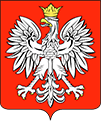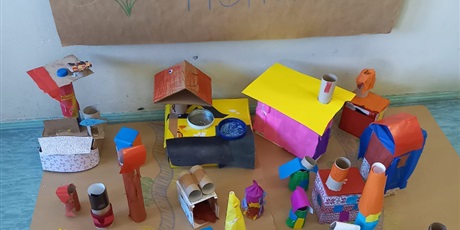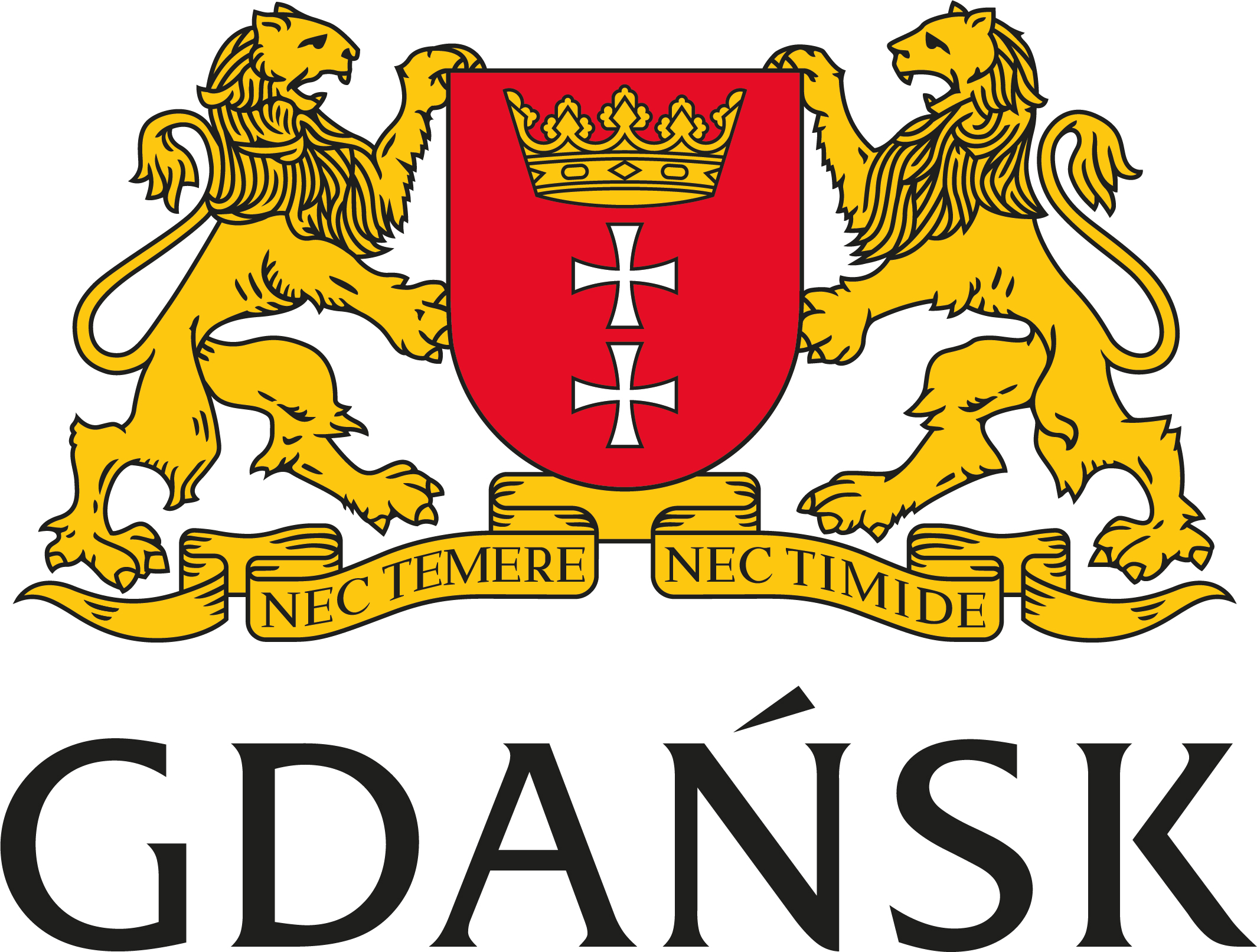An ecological house is a building that was built with respect for nature and the environment. This means that its construction uses energy-saving and environmentally friendly technologies as well as natural materials and raw materials, which are usually obtained locally. For example, instead of exotic wood, wood obtained at the construction site is used for construction. For heating, e.g. reed or straw is used, not garbage. In ecological houses, proper insulation is important so that you do not have to use a lot of energy to heat the house. Ecological houses most often use solar energy.
The construction of the future involves designing and building houses that fit perfectly into the natural landscape, do not have a negative impact on the environment, and save energy and heat.
Its main features are: low energy consumption, high heat accumulation, good noise protection, ease of operation, ecological demolition.
Ecological construction is based on the idea of sustainable development. The entire life cycle of buildings is subordinated to it - from design, through construction, operation, modernization, maintenance, to demolition. Unlike traditional construction, it does not focus only on the economic and functional aspects of buildings, but also on their impact on the environment. It assumes minimizing environmental losses through economical management of resources, use of renewable energy and natural recyclable materials, reducing energy consumption, limiting the release of pollutants and greening buildings. However, green construction is intended to serve not only the environment, but also people by improving the quality of life thanks to the increased health of buildings.
In October 2023, lessons on recycling, i.e. reusing various recyclable materials, were conducted in the first and third grades of Primary School No. 19.
Students talked about how they reused this type of materials based on their own experiences.
The teacher also talked to the children about the ecological house of the future - what the ecological house of the future should look like and how it should function.
Then the children took part in art classes during which they built houses from recyclable materials.
The students collected various types of materials: rolls of toilet paper, paper towels, cardboard, pieces of fabric, jar caps, etc. and built their own ecological houses, which became part of a handmade "ecological estate".
The children approached the topic very creatively and with great commitment. They pointed out that you can reuse unnecessary materials for completely different purposes and have a lot of fun doing it.












